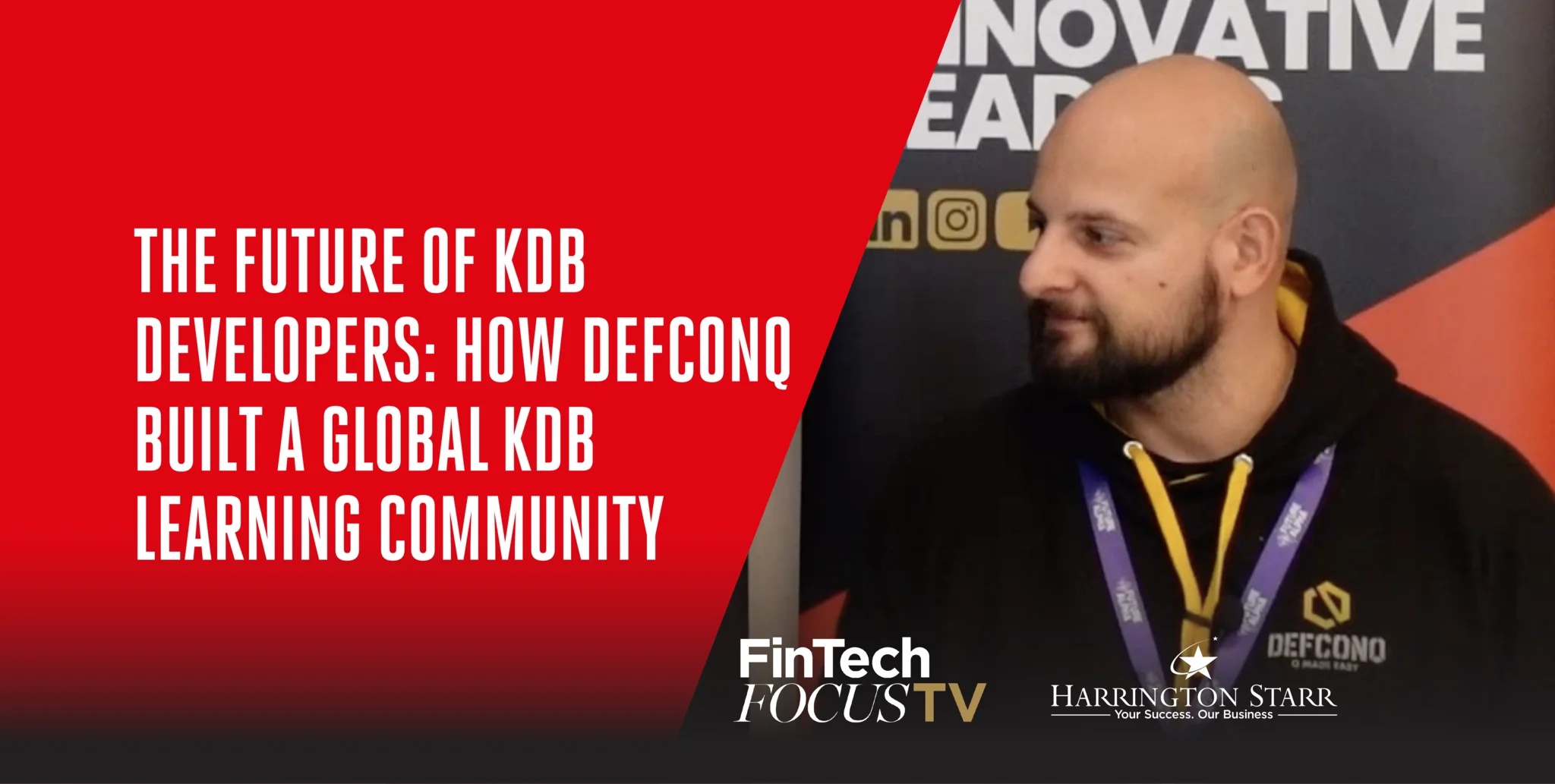A 2x year-on-year growth rate means there are significant choices for FinTech’s.
It brings a pull towards multiple sub-segments as you move from, for example, brokers to the buy-side. It creates a desire for new products in a market laced with complexity. It demands choices on where to go when the lure of financial markets such as New York or Shanghai is so strong.
But with over 60,000 FCA registered firms in the UK, and over one million Financial Services and Insurance companies in the US, each with nuanced demands and expectations, this becomes difficult to navigate.
When growth works, it is not at any cost. Growth at any cost creates a desire to try everything, not think about the one or two things that will work. This slows down time to revenue.
Unprofitable growth is a benefit you receive when you prove you can grow profitably. Proving that your choices yield results must come before dipping into your bottom-line to guarantee fast growth.
So what are the fast growth principles that can ensure FinTech’s thrive?
1. They reject the commercial status-quo
Things we hear all the time:
“A good SaaS conversion rate is 8%. That’s what we will aim for.”
“I’ll price how Bloomberg price because that is what everyone knows. It will speed up our negotiations.”
When did anything disruptive run on principles which existed before?
One of our clients was aiming for that 8% conversion. When we helped them take a step back and transform their product and pricing, this jumped by c. 30%.
For FinTech’s, too often growth stagnates due to principles viewed as necessary in large, regulated and complex enterprise deals. But a disruptive approach to your commercials, not just your tech, is proven to overcome this.
2. They are uncomfortably narrow
The lure of choice is most true in financial markets. Opportunities to drive upside and cost savings are everywhere, from the stringent regulatory requirements to the fragmented data bedrock.
FinTech’s start to dance from market to market, use-case to use-case. But this is dangerous. What seems to be a simple flip from buy-side to sell-side, or CRO to CTO, results in months of configuration, new product developments, and new sales collateral.
In this example, one of our FinTech clients was focusing on funds of all sizes. What became clear is they only won where the intersection of data-sources and AUM was middling.
This drives where you go next. Which new market has most funds like this? How many in our home market have we not even spoken to yet? Have we built a product for all the required data sources, or are we doing too many/not enough?
3. The vision is water-tight, but they still sell what is on the truck today
There are two ends to the spectrum.
It’s the middle ground which wins maximum value.
On the left of this scale, value is limited, headroom is low, stakeholders are technical, and it becomes difficult to claw your way up as the product develops.
But at the other end, the demand for a bank to rip and replace twenty-six different systems, all with different stakeholders and different contract cycles, often remains a pipedream.
Those who win walk the line between selling what is on the truck today and the long-term vision.
SteelEye were born from MiFID II with specific solutions to solve for this. But their vision of compliance data driving competitive advantage remains the driving force behind their success.
Equally, PrimaryBid today enable Retail involvement in IPOs and ABBs. But with rising ESG requirements looming, the long-term strategic demand from investment banks to deploy is imminent. PrimaryBid is well positioned to take advantage of this shift.
So what can you do to uphold these principles?
· Identify the top 3 ‘limiting beliefs’ you have as a company based on the FinTech status-quo. Are they true?
· Plot every single choice you have on growth, from a new feature to a market, based on
o How much can I make from this?
o How long will it take to yield this?
o What effort and cost is required for us to do this?
· Of every product feature you have today, rank them on a scale of 1 – 3: 1 being this will achieve our three-year vision; 3 being this is far removed from our three-year vision. What should you stop doing?
The three principles of high-growth FinTechs
18 Aug, 20215 MinutesA 2x year-on-year growth rate means there are significant choices for FinTech’s. It brings a...






